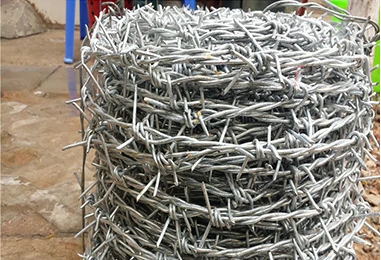 TEL:
+86-13102802206
TEL:
+86-13102802206
 Email:
fencenetting@china.com
Email:
fencenetting@china.com
 Language
Language
 TEL:
+86-13102802206
TEL:
+86-13102802206
 Email:
fencenetting@china.com
Email:
fencenetting@china.com
 Language
Language


Fitting a Fly Screen to Your Window A Comprehensive Guide
As the warmer months approach, many homeowners are looking for effective ways to keep their living spaces comfortable while also preventing insects from entering their homes. One of the best solutions for this problem is fitting a fly screen to your windows. Fly screens are an easy and effective way to enjoy fresh air without the annoyance of bugs. This guide will explore the importance of fly screens, the types available, and the steps to fitting them to your window.
Why Use Fly Screens?
Fly screens, also known as insect screens, are designed to keep flying insects out of your home while allowing fresh air and sunlight in. They are particularly useful during the summer months when windows are often left open to circulate air. Without screens, homes can become havens for mosquitoes, flies, and other pests. Additionally, having a fly screen can improve ventilation, making indoor environments cooler and more pleasant.
Types of Fly Screens
Before you embark on fitting a fly screen, it’s essential to understand the different types available
1. Fixed Screens These are permanently attached to the window frame and are ideal for windows that remain closed most of the time. They provide a robust barrier against insects.
2. Retractable Screens These screens can be pulled down or rolled up as needed. They are versatile and a great option for windows that you open frequently.
3. Magnetic Screens Magnetic fly screens are easy to install and remove. They are made from mesh panels that attach to the window frame with magnets, allowing for easy access.
4. Pleated Screens Ideal for larger openings such as sliding doors or bi-fold doors, pleated screens can be expanded and retracted as needed, providing a seamless look.
Fitting a Fly Screen to Your Window
Fitting a fly screen is a straightforward DIY project that can typically be accomplished in a few simple steps

Step 1 Measure Your Window
Begin by measuring the dimensions of your window. Use a measuring tape to get the width and height accurately. If your window is not a standard size, consider purchasing a custom-fit screen.
Step 2 Choose the Right Screen
Based on your measurements, select the appropriate type of fly screen. Whether you opt for a fixed, retractable, or magnetic screen will depend on your window's requirements and how often you use it.
Step 3 Gather Your Tools
Typically, you’ll need a few basic tools a screwdriver, scissors (if adjustments are needed), and possibly a level to ensure proper alignment.
Step 4 Install the Screen
- For fixed screens Align the screen with the window frame and secure it using screws or adhesive strips, depending on the manufacturer’s instructions. - For retractable screens Follow the installation guide provided with your product, ensuring that the screen rolls smoothly. - For magnetic screens Simply align the magnets with the window frame and press to secure.
Step 5 Test the Installation
Once your screen is fitted, open and close your window to ensure that the screen operates correctly without obstruction. Check for any gaps where insects could enter, and make adjustments if necessary.
Conclusion
Fitting a fly screen to your window is a simple yet effective solution to enhance your home’s comfort during warm weather. Not only do they protect against pesky insects, but they also improve ventilation and natural light in your living spaces. With a variety of screen types and straightforward installation steps, anyone can enjoy the benefits of fly screens. So, take that first step, and keep your home insect-free this season!